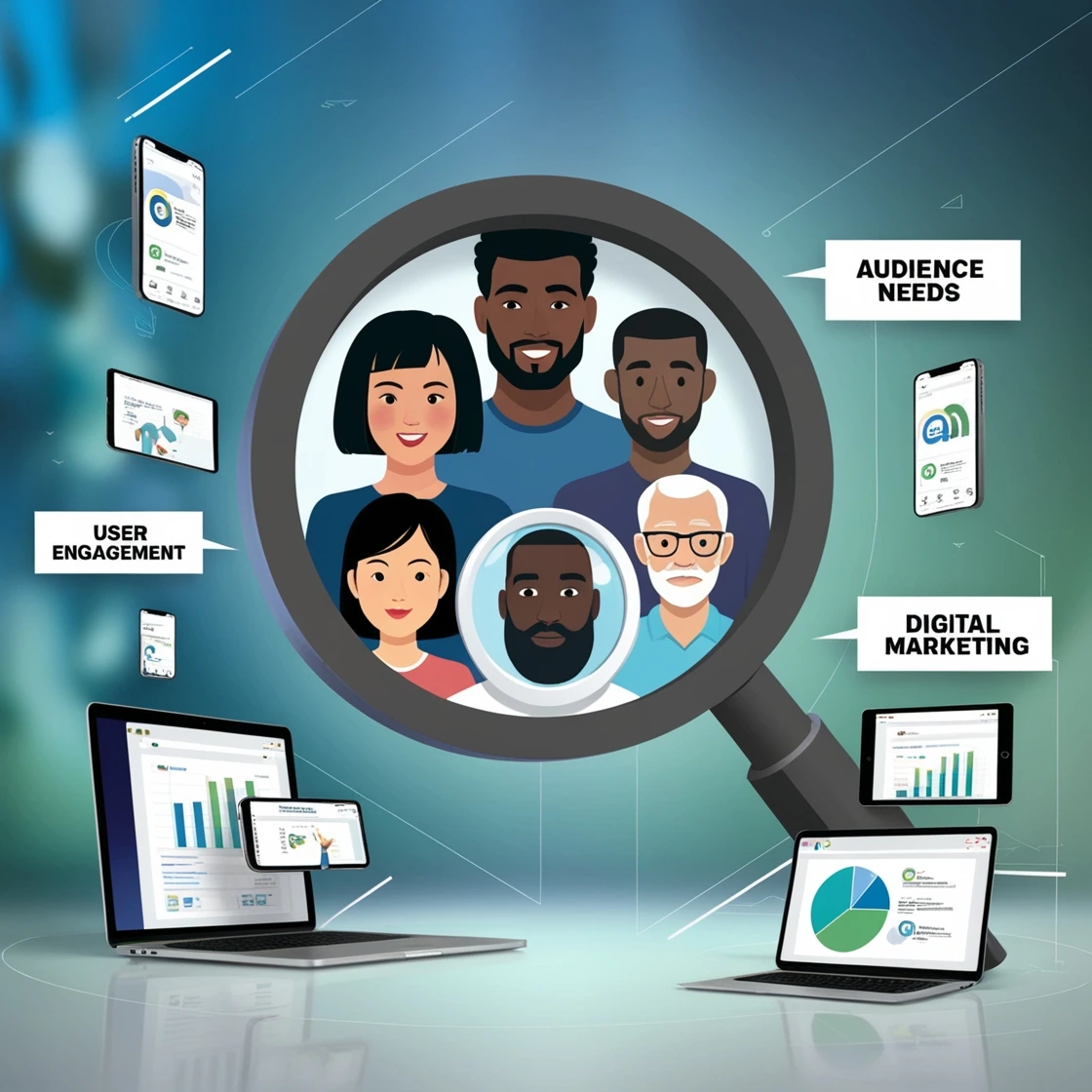User Intent in Content
User intent is crucial in digital marketing, as it aligns content with audience needs, enhancing engagement and driving conversions effectively
What is User Intent?
User intent refers to the purpose behind a user’s search query or online action. It reflects what the user is looking to achieve—whether it’s gathering information, solving a problem, comparing options, or making a purchase.
There are three primary types of user intent:
- Informational Intent: The user seeks knowledge or answers.
- Example: “How to improve website SEO”
- Navigational Intent: The user wants to visit a specific website or brand.
- Example: “Google Analytics login”
- Transactional Intent: The user is ready to take action, such as making a purchase or signing up.
- Example: “Buy wireless headphones online”
Why User Intent Matters for Content Strategy
1. Improves Search Engine Rankings
Search engines like Google prioritize content that matches user intent. Algorithms analyze whether your content satisfies the query’s purpose, rewarding relevant pages with higher rankings.
- Example: A user searching “best budget smartphones” is looking for a list or comparison, not an in-depth technical analysis of one device.
2. Drives Meaningful Traffic
When your content aligns with user intent, it attracts the right audience. This targeted traffic is more likely to engage with your content and take desired actions, such as signing up or purchasing.
- Impact: A higher conversion rate and lower bounce rate.
3. Builds Trust and Authority
Delivering what users want strengthens your brand’s credibility. If users consistently find your content valuable and relevant, they’ll return and recommend your site.
- Example: A well-written guide on “how to fix a leaking faucet” establishes trust with DIY enthusiasts.
4. Enhances User Experience
Content that meets intent ensures users don’t have to sift through irrelevant information. A positive user experience increases the likelihood of repeat visits and word-of-mouth promotion.
5. Boosts Conversion Rates
Addressing transactional intent with clear, actionable content directly impacts sales or lead generation.
- Example: A landing page optimized for “best SEO tools for beginners” can guide users to purchase recommendations or subscribe to a free trial.
How to Identify User Intent
1. Analyze Search Queries
Examine the keywords your audience uses. Tools like Google Search Console, Ahrefs, and SEMrush can reveal whether the queries are informational, navigational, or transactional.
2. Study SERP Features
Search engine results often provide clues about user intent. For example:
- Featured snippets: Indicate informational intent.
- Product carousels: Reflect transactional intent.
- Site links: Signal navigational intent.
3. Leverage Analytics Data
Monitor how users interact with your content. Metrics like bounce rate, session duration, and conversion rates can indicate whether your content aligns with their needs.
4. Research Competitor Content
Look at the top-ranking content for your target keywords. Identify how competitors address user intent and find opportunities to provide even better value.
Incorporating User Desire into Your Content Strategy
- Create a Content Funnel
Structure content to cater to each stage of the user journey:- Top of the Funnel (Informational): Blogs, guides, and how-tos.
- Middle of the Funnel (Comparative): Case studies, testimonials, and reviews.
- Bottom of the Funnel (Transactional): Product pages, offers, and calls-to-action.
- Optimize Content for Relevance
Ensure your content format matches the intent:- Informational: Comprehensive articles or videos.
- Transactional: Simple, clear, and action-oriented landing pages.
- Use Clear and Intent-Focused Headlines
Headlines should immediately signal that the content addresses the user’s query.
- Example: Instead of “Top SEO Tips,” write “10 SEO Tips to Boost Rankings for Beginners.”
- Include Calls-to-Action (CTAs)
Guide users to the next step based on their intent:- Informational content can suggest related articles.
- Transactional content should encourage immediate action, like purchasing or signing up.
Examples of User objectives in Action
- Blog Post Example
- Query: “How to improve email open rates”
- Content: A detailed guide with actionable tips and examples.
- Intent: Informational.
- Landing Page Example
- Query: “Buy noise-canceling headphones”
- Content: A product page with prices, reviews, and a “Buy Now” button.
- Intent: Transactional.
Conclusion
Understanding and addressing user intent isn’t just a best practice—it’s a necessity in today’s competitive digital landscape. When your content strategy aligns with user intent, you not only improve your rankings but also build trust, enhance user experience, and drive meaningful results.
By prioritizing user intent, you’ll create content that resonates with your audience, meets their needs, and supports your business goals. Start with a clear understanding of what your users want, and you’ll be on the path to content strategy success.

Leave a Reply